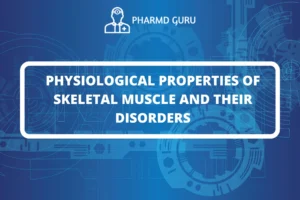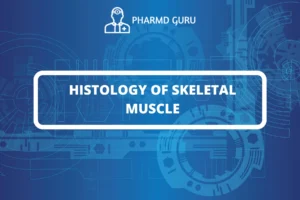The pituitary gland, also known as the master gland, is a small, pea-sized endocrine gland located at the base of the brain, just below the hypothalamus. Despite its small size, the pituitary gland plays a crucial role in regulating various hormonal functions in the body and is often referred to as the control center of the endocrine system.
SCROLL DOWN TO THE BOTTOM OF THE PAGE FOR ACTUAL NOTES
Anatomy of the Pituitary Gland:
The pituitary gland consists of two main parts:
- Anterior Pituitary (Adenohypophysis): The anterior pituitary is the larger, front portion of the gland and makes up about 75% of its total weight. It is composed of glandular tissue and is responsible for producing and secreting several hormones that control various physiological processes in the body.
- Posterior Pituitary (Neurohypophysis): The posterior pituitary is the smaller, back portion of the gland and makes up about 25% of its total weight. It is made up of neural tissue and does not produce hormones directly. Instead, it stores and releases two hormones synthesized by the hypothalamus: oxytocin and antidiuretic hormone (ADH), also known as vasopressin.
Hormones Produced by the Pituitary Gland:
The pituitary gland secretes a range of hormones that influence numerous bodily functions, including:
Anterior Pituitary Hormones:
- Growth Hormone (GH): Stimulates growth and development of bones, muscles, and tissues. Plays a role in maintaining proper body composition and metabolism.
- Adrenocorticotropic Hormone (ACTH): Stimulates the adrenal glands to produce cortisol, a hormone involved in the body’s response to stress and regulating metabolism.
- Thyroid-Stimulating Hormone (TSH): Stimulates the thyroid gland to produce thyroid hormones that regulate metabolism, energy production, and other bodily functions.
- Follicle-Stimulating Hormone (FSH) and Luteinizing Hormone (LH): These hormones are involved in the regulation of reproductive functions, including the maturation of eggs in females and the production of testosterone in males.
- Prolactin: Stimulates milk production in lactating females and plays a role in reproductive health.
Posterior Pituitary Hormones:
- Oxytocin: Stimulates uterine contractions during childbirth and promotes bonding and social behaviors.
- Antidiuretic Hormone (ADH): Regulates water balance by controlling the reabsorption of water in the kidneys, helping maintain proper blood pressure and preventing dehydration.
Regulation of Pituitary Hormone Secretion:
The secretion of hormones by the pituitary gland is regulated by the hypothalamus, a nearby region of the brain. The hypothalamus produces releasing and inhibiting hormones that travel through a specialized blood vessel system called the hypophyseal portal system to reach the anterior pituitary. These hormones then stimulate or suppress the release of specific pituitary hormones.
The secretion of hormones from the posterior pituitary is controlled by direct nerve impulses from the hypothalamus, which send signals to release oxytocin and ADH into the bloodstream when needed.
ACTUAL NOTES




